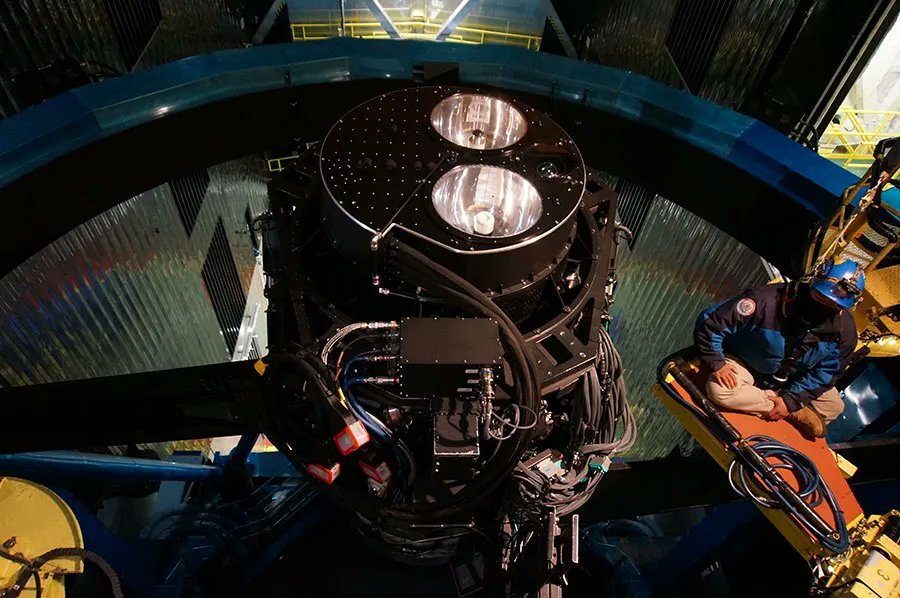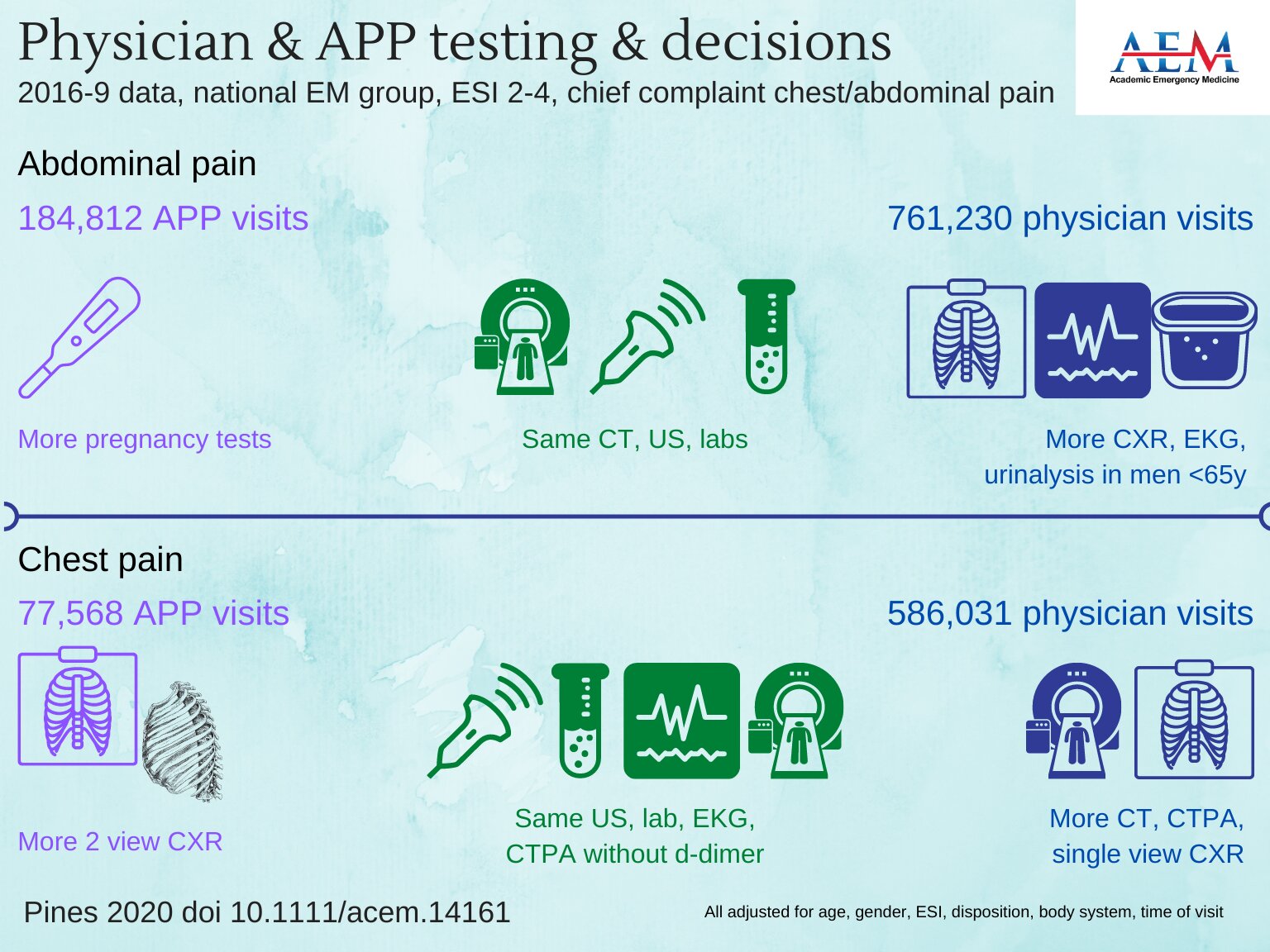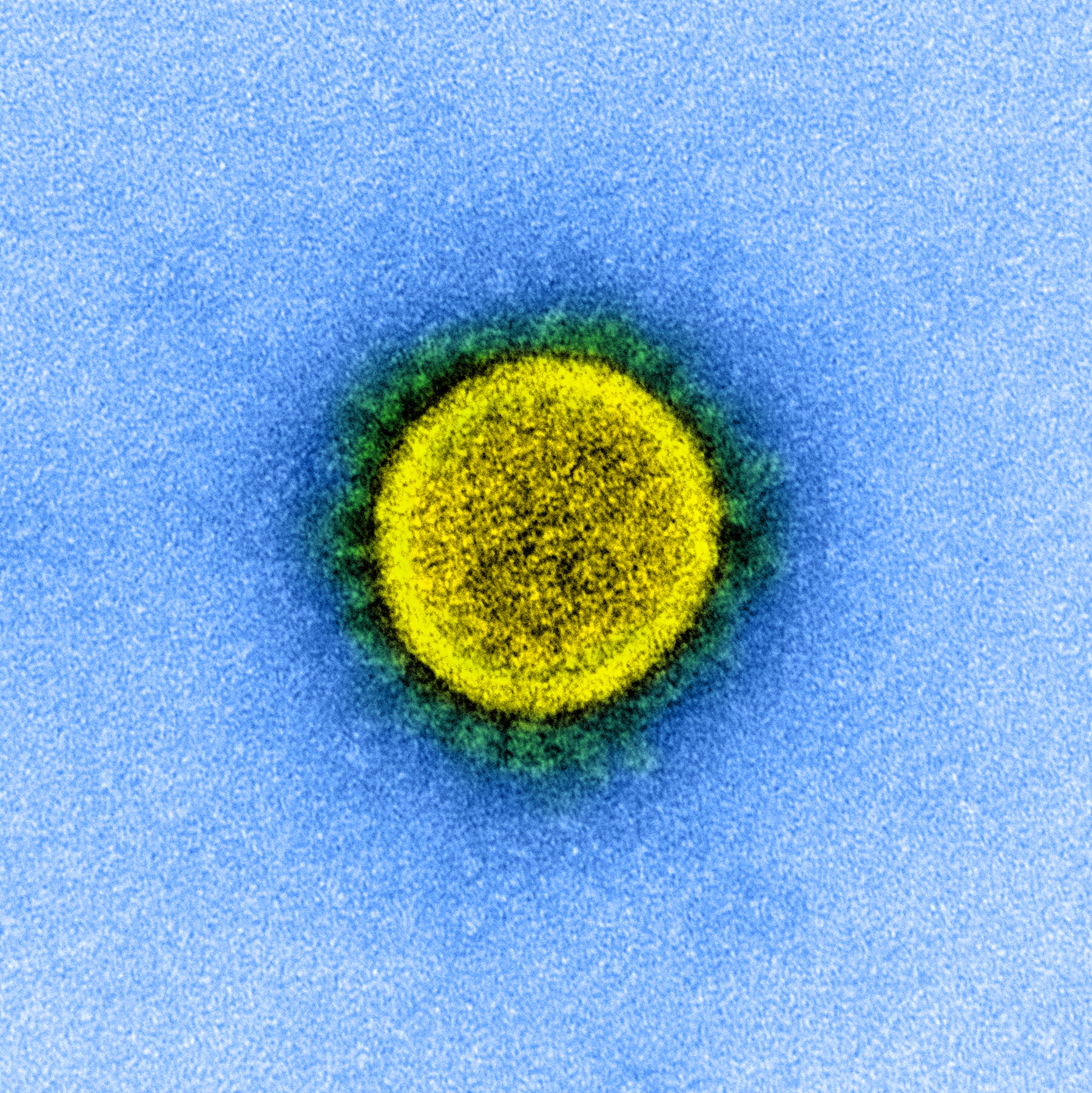#Subaru Telescope can now analyze 2,400 galaxies simultaneously

Table of Contents
“Subaru Telescope can now analyze 2,400 galaxies simultaneously”

First light is an exciting time for astronomers and engineers who help bring new telescopes up to speed. One of the most recent and significant first light milestones recently occurred at the Subaru Telescope in Hawai’i. Though it has been in operation since 2005, the National Astronomical Observatory of Japan’s (NAOJ) main telescope recently received an upgrade that will allow it to simultaneously observe 2,400 astronomical objects at once over a patch of sky the size of several moons.
Those 2,400 objects will be observed by the Prime Focus Spectrograph (PFS), which itself has multiple subcomponents and was developed by around a dozen universities and companies on four continents. Its major components consist of a Prime Focus Instrument, which contains 2,400 individual fibers and lets it concentrate on various parts of the sky. Data from those fibers is then fed to a Spectrograph System (SpS), which analyzes it to produce the data used in scientific papers.
The SpS consists of four separate spectrographs, covering spectra from the ultraviolet to the near-infrared, much more than a human eye can take in alone. Or, as a press release from NAOJ puts it more poetically, it covers “one and a half rainbows.”
Unfortunately, these sensitive instruments won’t usually be used to capture rainbows, but theoretically, the Wide Field Corrector could. It is a seven-lens optical system developed specifically for this upgrade that allows Subaru’s operators to correct for errors in image collection before they become a problem.
There are also some supporting systems to enable the actual data collection to take place. n addition to the SpS, the PFS utilizes a giant 8960 x 5778 pixel CMOS camera known as the Metrology Camera System to track where precisely the fibers collecting the data are located. If any are out of place, it could throw off the data the system collects.
All of these upgrades come with high hopes—the goal of the PFS upgrade is literally to understand where the universe came from and where it’s going. It will coordinate with the Hyper Suprime-Cam already installed in an effort to “reveal the nature of dark matter and dark energy, structure formation in the universe, and the physical processes of galaxy formation and evolution.
That’s a lot for one telescope upgrade, but it will surely have lots of data to analyze. Maybe the team could implement an eyepiece to attach to the PFS before it starts collecting data like it did when the telescope was first commissioned back in 2005. Potentially, the team that worked so hard on it could even actually see some rainbows then.
Citation:
Subaru Telescope can now analyze 2,400 galaxies simultaneously (2022, November 28)
retrieved 28 November 2022
from https://phys.org/news/2022-11-subaru-telescope-galaxies-simultaneously.html
This document is subject to copyright. Apart from any fair dealing for the purpose of private study or research, no
part may be reproduced without the written permission. The content is provided for information purposes only.
If you liked the article, do not forget to share it with your friends. Follow us on Google News too, click on the star and choose us from your favorites.
For forums sites go to Forum.BuradaBiliyorum.Com
If you want to read more Like this articles, you can visit our Science category.


